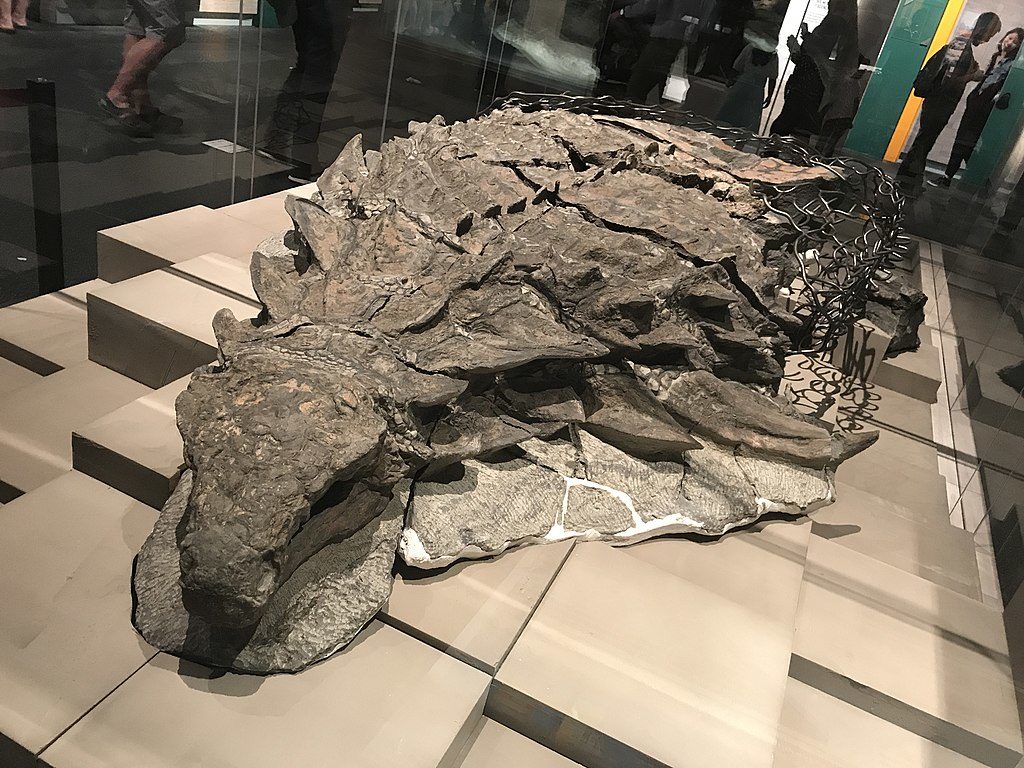
The Royal Tyrrell Museum of Palaeontology in Alberta, Canada, recently unveiled a dinosaur exhibit: "We don't just have a skeleton," Caleb Brown, a researcher at the museum, told National Geographic. "We have a dinosaur as it would have been."
Since it was unearthed it has kept its shape; its bones aren't visible and even some of its innards are still intact. Researchers are amazed at the extent of the almost unparalleled degree of preservation.
The dinosaur is so well preserved that it "might have been walking around a couple of weeks ago," Jakob Vinther, a paleobiologist from the University of Bristol, said. "I've never seen anything like this."
The creature was first discovered in 2011 when an oil mine employee named Shawn Funk inadvertently discovered the specimen while at work.
Since then, it has taken researchers six years and around 7,000 hours to conduct tests on the evidence collected and prepare the remnants to be displayed at the museum.
Over 100 million years ago, when this ancient prehistoric creature roamed the earth, it was a member of a newly discovered species and genus named the Nodosaur.
It was a gigantic four-legged herbivore and its body was protected by spiky, plated "armor." This nodosaur originally weighed around 3,000 pounds (approx. 1361 kg) when it was alive. The mummified nodosaur is so unimpaired that it still weighs 2,500 pounds (approx. 1134 kg)! Truly marvelous!
The question of how the dinosaur could have remained so intact after it was unearthed still baffles scientists, although according to National Geographic, researchers are putting forth the theory that the creature may have been carried away to sea by a "flooded river" where it sank. As it lay there undisturbed, the armor and skin were replaced by minerals over the course of millions of years. This gave it the form that it is currently in, on exhibit.
On display at the Royal Tyrrell Museum, visitors now have an opportunity to observe what is considered to be the closest thing to an original dinosaur. On seeing this amazing specimen, perhaps visitors will be able to vividly visualize the lives and times of dinosaurs, so many millions of years ago.
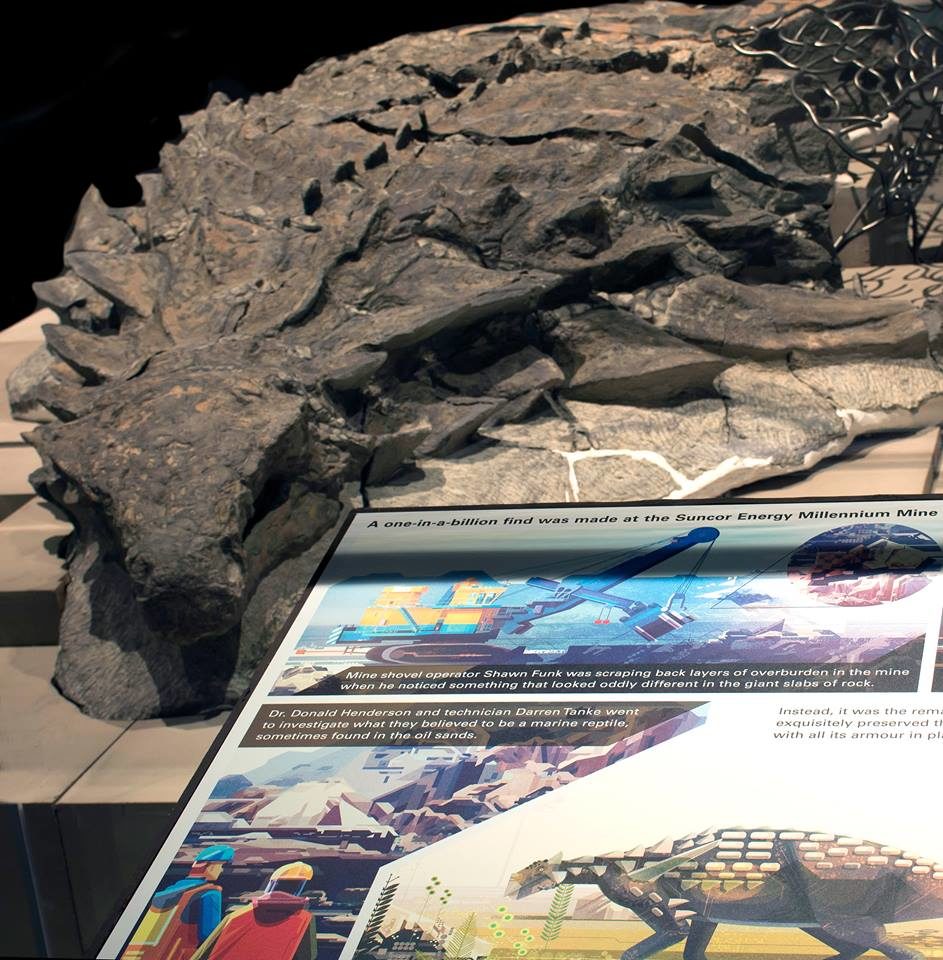
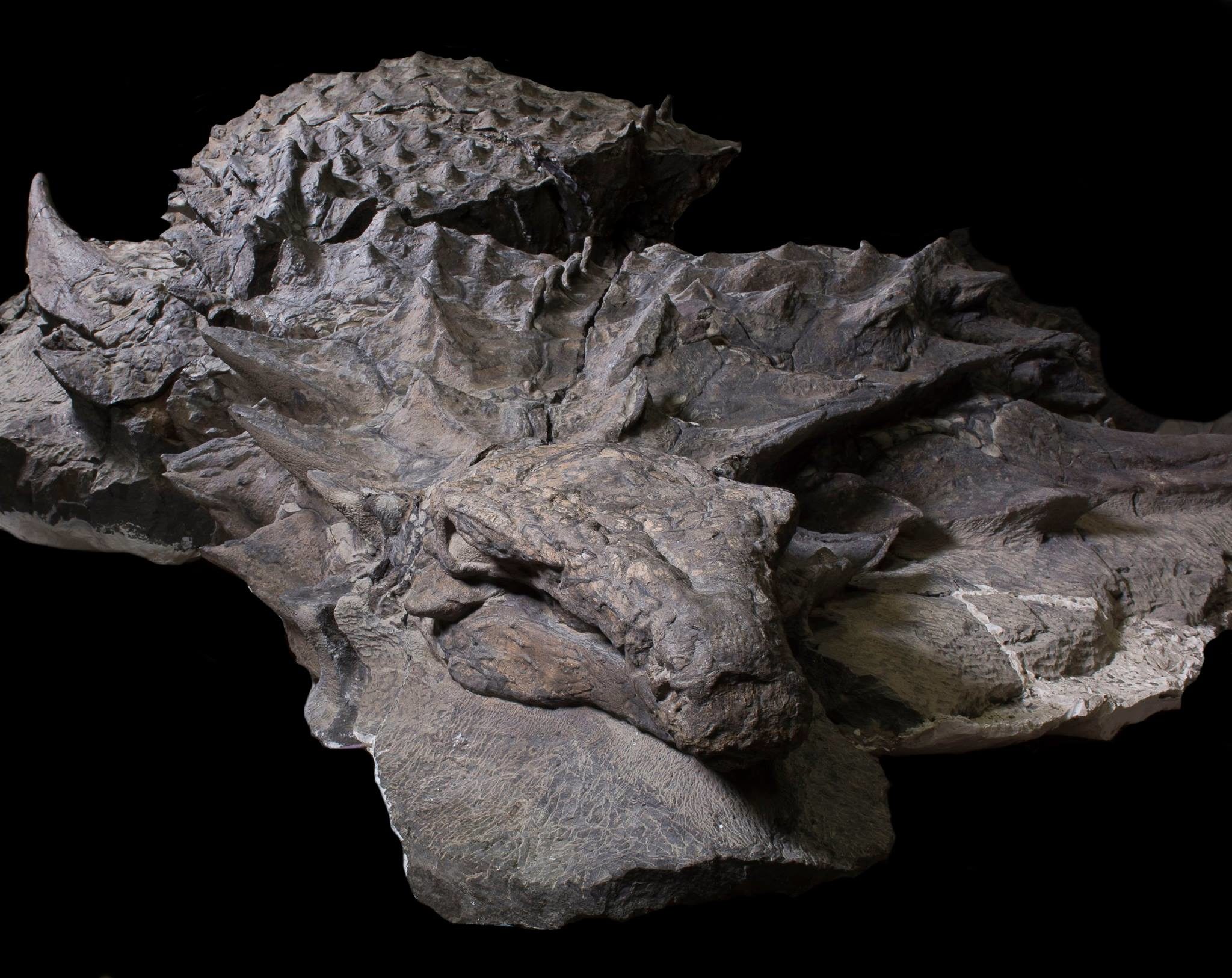
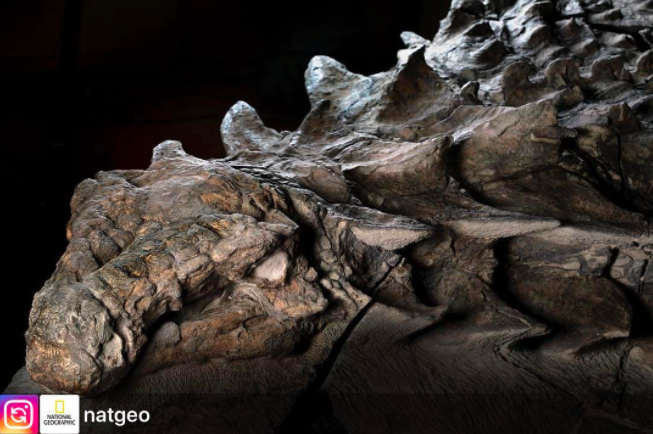
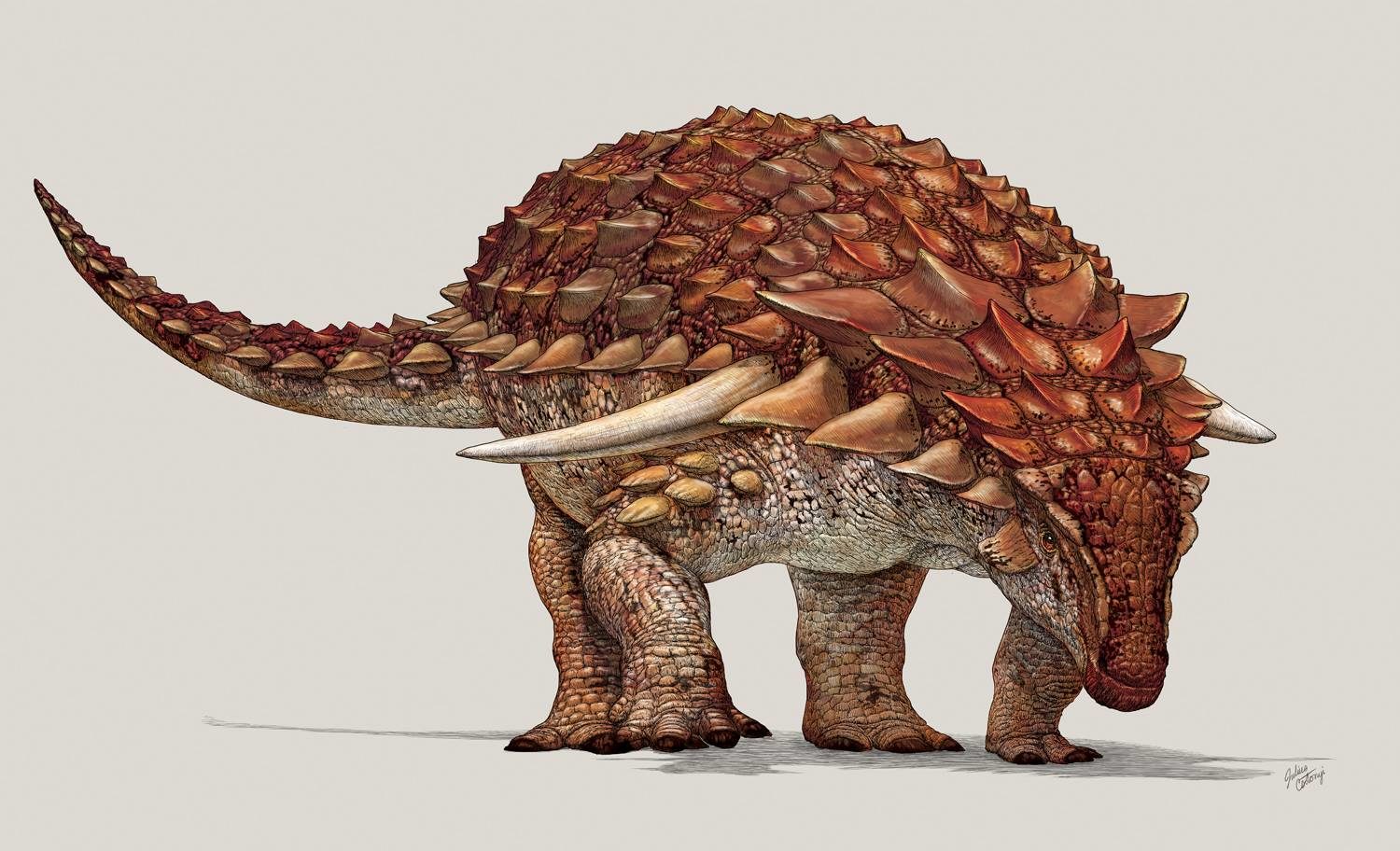



Reader Comments
To my knowledge we've not found any mummified creatures older than thirty or forty thousand years. There have been several high profile incidences of people in academia losing their jobs for finding soft tissue in ancient specimens and then questioning the dating method rather than trying to come up with some ludicrous reason that proteins and DNA should last well beyond what is reasonable given the discoveries of paleontologists and archaeologists over the past hundred years or more.
I am more inclined to think our dating methods need to be re-evaluated. Mt. St. Helen volcanic ash fall had accumulated and solidified in the surrounding rivers for thirty years when some enterprising people chipped off a piece of this 30 year old rock and sent it to several labs for conventional dating. No report came back at less than 5 million years old.
I'm convinced they don't have a clue when it comes to age... How do they date a dinosaur? By the age of the layer its in. How do they get the age of that layer? By the dinosaurs found in the layer.
Mmmm, ok
Or maybe it was one of our 'fresh from Florida' "Lubbers",
[Link]
OR,
One of our American Roaches.
[Link]
R.C.
P.s., the roach is obviously photoshopped.
R.C.
No mention of that.
This is no more than 12,000 years old. It was engulfed in a tsunami, swamping continents in water, sand and corals. All the "Extinctions" happened at this time. ElectroMagnetic forces rip open unstable isotopes, causing them to appear to be depleted by time.
One proof that has occurred to me is the Vger, Voyager, probes. Their radioactive power sources should have failed a while ago. But as they left the influence of the largest EMF source, the Sun, the isotopes have slowed in their decay. This should affect the heat they give off, eventually causing failure of radio, but has in the meantime meaning more transmissions.